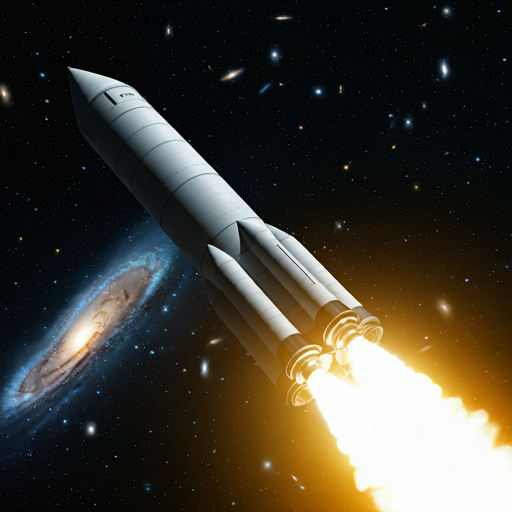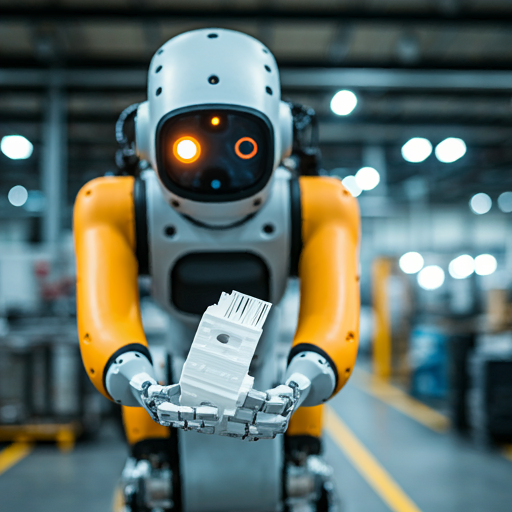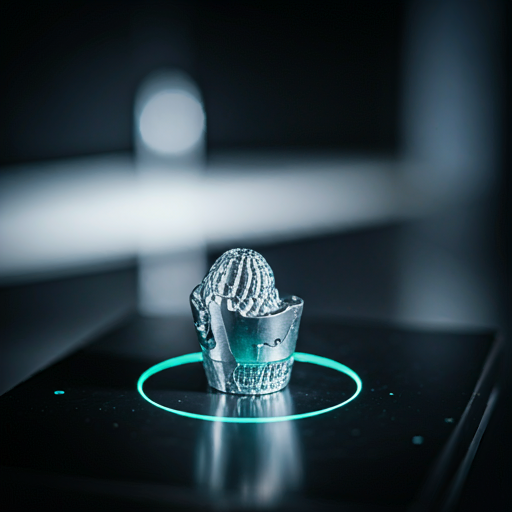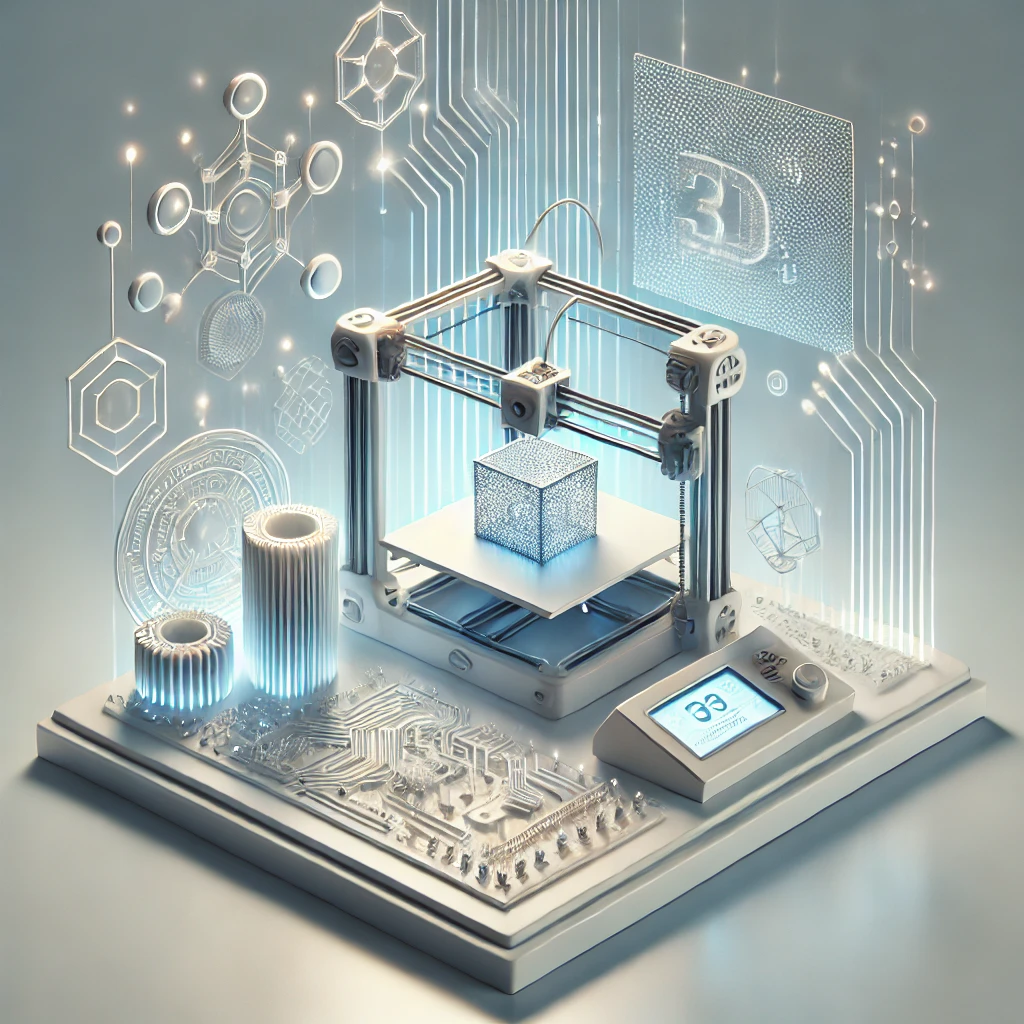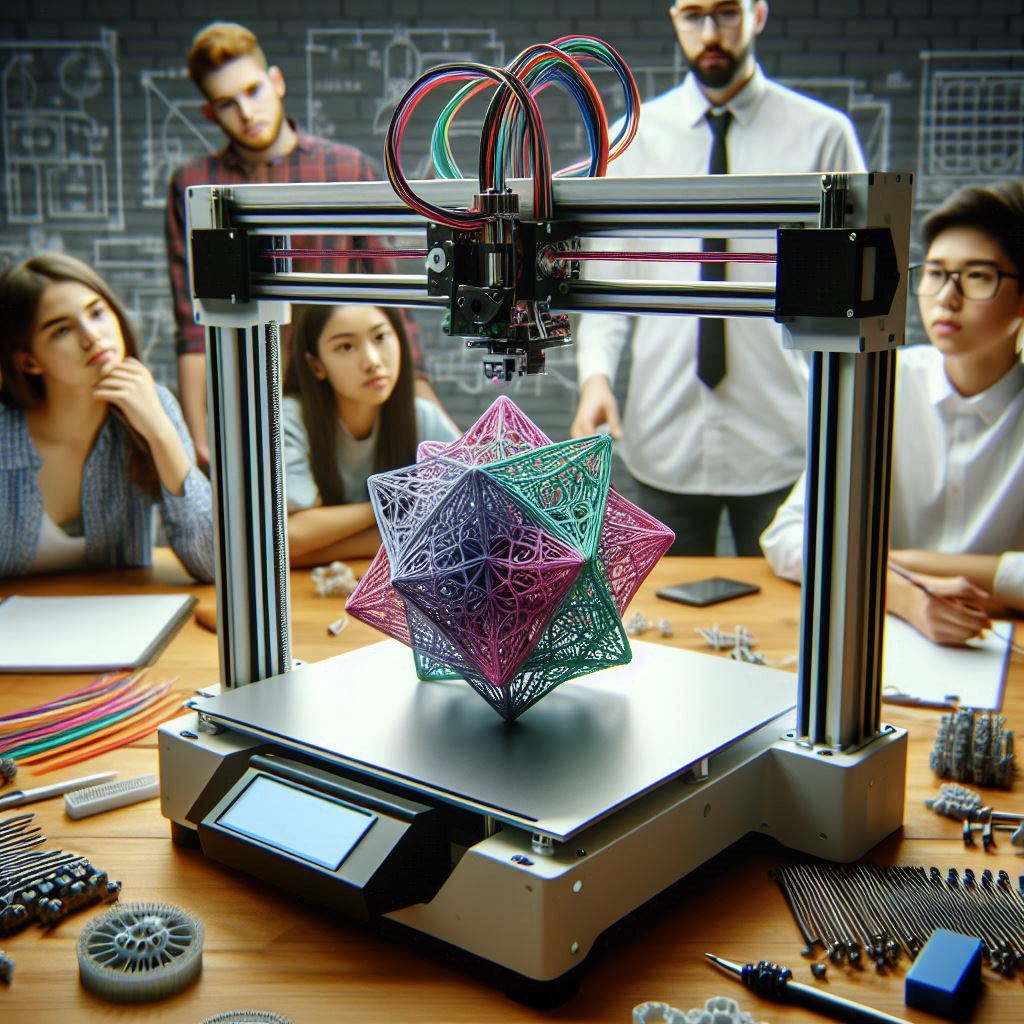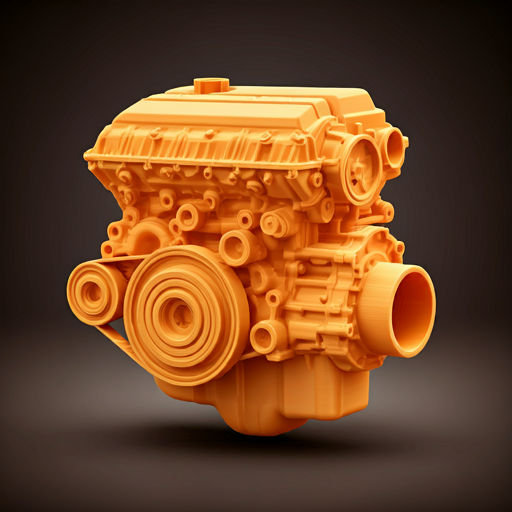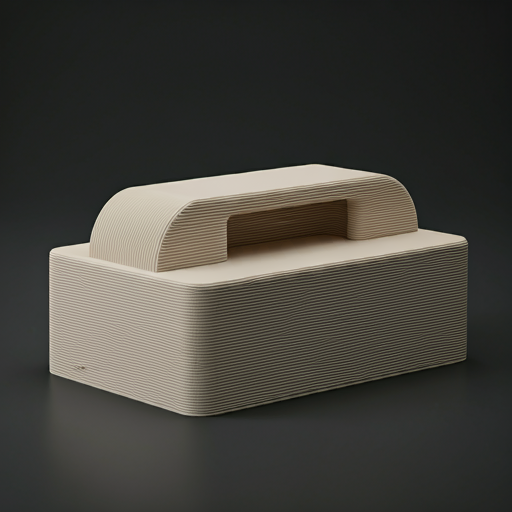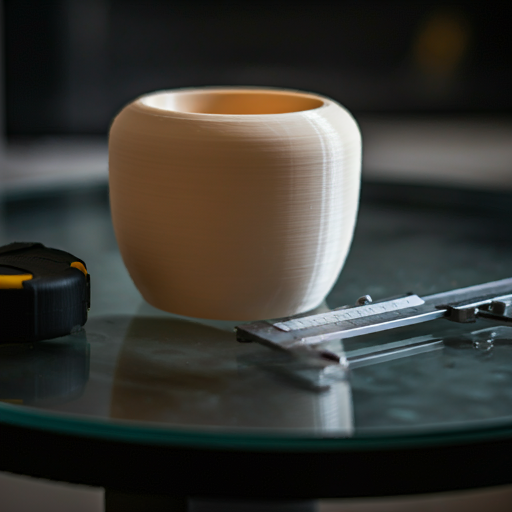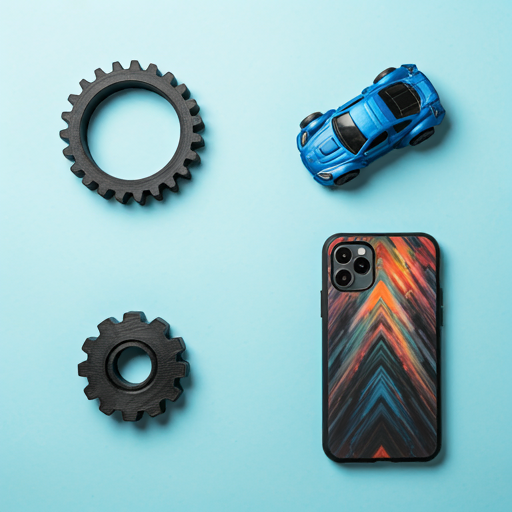
Introduction
There is a large range of printing technologies which varies with materials,technologies,applications,easiness,expensive etc. So before opting for a 3d printing technology we have to know the different types of printing technologies.
The main goal of this article is to differentiate between the different 3d printing technologies. reliability and efficiency of the 3D printing process.
so lets get started!
Fused Deposition Modelling (FDM)
1. What is FDM ?
FDM uses additive manufacturing technology in which the model is printed layer by layer on top of each to produce the right 3d model.The nozzle goes through a particular path to make 2d layers on top of the previous layer.This will result in giving a good finishing to the 3d model.
FDM technology is widely known for the simplest form of 3d printing technology.
This method is very popular globally as this is affordable by normal people who uses 3d printing technology as a hobby.Most of the designers starts their career on this FDM technology.

How does FDM works?
1. A thermoplastic filament is loaded in to the 3d printer.when the nozzle becomes the right temperature the thermoplastic filament is fed into the nozzle.
2. nozzle is attached to a 3 axis system that can move in x,y and z axis which helps it to make the object layer by layer.

Benefits of FDM
- FDM method is the most effective way of printing parts and prototypes
- a large range of thermoplastics are available for this technology
- very less time consuming compared to others
- easy to get materials for this method
Limitations of FDM
- the print quality of FDM 3d prints are not as good as other 3d printing technologies as there will be layer lines and all visibl
- chances of causing voids during 3d printing
- models printed from FDM are not airtight and watertight
- complex objects are difficult to print using FDM method
Stereolithography (SLA)
What is SLA ?
SLA is one of the oldest method of 3d printing technology.
SLA method uses laser to harden the liquid resin present in the reservoir or we can tell that this process coverts photosensitive liquids in to solid plastics in a layer by layer method.

How does SLA works?
- The 3D Model is sliced into 2d layers using a programme.
- A tank is filled with liquid photo-polymer resin, which will be solidified to produce the part.
- A build platform is lowered into the tank and one layer of the design is traced by a UV laser.
- The laser is positioned using galvanometers which are sets of mirrors that rotate and reflect the laser to help the 3d printer to print layer by layer.
- The liquid resin hardens into a solid creating layers of the object. This process is repeated and the build platform raises until the object completes the printing.

What are the common materials used ?
They use light sensitive thermoset materials called resins for solidifying them to print parts.When SLA resins are exposed to certain wavelengths of light,short molecular chains join together, polymerizing monomers and oligomers into solidified rigid or flexible geometries.
examples of materials used in SLA method are tough,Standard, flexible, transparent, & castable resins
Benefits of SLA
- gives very high quality and smooth surface for the resulting printed part
- low material consumption
- able to produce both rigid and flexible parts
- customised colouring
- multi part assemblies are possible to print in one run
Limitations of SLA
- Depending on the material,parts may be brittle
- Support structures can be limited to design freedom
- Components are UV resistant to a limited extent
- Liquid resins are wet,sticky and hazardous
- smell of the resin. It has a distinct, chemical smell.
Selective Laser Sintering (SLS)
What is SLS ?
SLS uses powdered bed method.This one is also an additive manufacturing process.In this method we use laser light to sinter the powder to solidify them.laser will be aimed to the right lace in 3d space and this will help the powder to get solidify and form a layer.This method is repeated to form layer on top of the previous layer until we get the model get printed.

How does SLS Works?
First we create cad file of the model we have to print.This cad file will be converted to .slt file.This file will be processed to another program to slice the model into many layers and lets the machine understand how it should work.There will be a build platform inside the machine in which the powdered material will be kept in that.
Then laser is directed to the powder to form the cross section of layers.The lasers main purpose is to heat the the powder and smelt and solidify it to the the specific shape.This process repeats to form each layer on top of the previous one until we get the complete model printed.

Benefits of SLS
- Metal parts can be produced directly in this method
- a wide selection of materials are available for this method
- no additional base support is needed for printing
- can manufacture complex models without failures
Limitations of SLS
- end result will be having a rough surface
- the process produces harmful gases
- SLS printed parts have porous surface.
Multi Jet Fusion (MJF)
What is Multi Jet Fusion (MJF) ?
MJF uses fine filters which helps to give thickness as thin as 80 microns.There fore we will get very good quality surfaces.They uses laser sintering directly which helps to give smooth surfaces directly outside the printer.The output will have high density and less porosity.The post process will be minimal.

How does Multi Jet Fusion (MJF) works ?
- MJF uses an inkjet array to do the fusing and detailing agents to the bed of nylon powder to build the 3d part.
- Which are then fused by heating elements into a solid layer of cross section.After each layer, powder is distributed on top of the bed and the process repeats until the model is complete.
- When the build finishes the entire powder bed with the encapsulated parts is moved to a processing station where most of the loose powder is removed by an integrated vacuum.
- Parts are then bead blasted to remove any of the remaining residual powder before ultimately reaching the finishing department where they are dyed black to give better cosmetic appearance.

Benefits of MJF
- high production speed compared to others
- gives strength of large mother company
- very high process/post process automation
Limitations of MJF
- there are no ceramic materials available commercially yet
- very high performance polymers currently prioritized
- there is a lack of clear information on ceramics AM specifications
Polyjet
What is Polyjet ?
Polyjet is a powerful 3d printer in which it gives very smooth,precise and high quality surfaces.In polyjet 3d printer we can print very thin layers upto 0.014mm which helps to print very complex and high quality parts.

How does polyjet works ?
- A PolyJet 3D printer works same as an inkjet printer. Instead of jetting drops of ink,the polyjet printer jets drops of photopolymer that gets solidified when exposed to UV light.
- These layers will accumulate on the build tray until the part is complete.
- For complex models with overhangs, the 3D printer jets use a removable gel-like support material.
- PolyJet materials properties can vary, ranging from rigid to rubber-like. This technology can also mix multiple materials to achieve unique material properties and colours
- PolyJet materials are best suited for applications where accuracy, surface finish, and detail are essential components of the printed models.

Benefits of PolyJet
- Accurate : The most accurate and precise 3D printing technology,up to 16 microns.
- Smooth surface finish : The printed parts surface will be very smooth.
- Fast and scalable : They can print multiple parts without time lose compared to other 3d printers.
- Full colour : This printer can use multiple materials for the same model which helps to produce multiple colour to the printed parts.
Limitations of PolyJet
- Poor Mechanical Properties : They have less mechanical properties compared to others.
- Expensive : Very Expensive for the materials used in this technology.
Selective Laser Melting (SLM)
What is SLM ?
Selective laser melting uses AM method in which they are mostly used in 3d printing metal alloys.it produces the part by fusing metal powder particles together in a full melting process.
SLM is used both for rapid prototypes and mass production.

How does SLM Works?
- An SLM machine has a chamber filled with metal powder which will be used for fusing.
- This metal powder will be then spread across the substrate or build plate in very thin layers.
- A high powered laser will then fuses a 2D slice of the part by selectively melting the powdered material.
- The build plate then drops down by the height of one layer to start with next layer, and the coater spreads another layer of fresh powder finely across the surface.
- The process is repeated until the model is completely printed.

Benefits of SLM
- Very strong, very tough metal parts are produced
- able to produce accurate surfaces with invisible layer lines
- Materials can be easily sterilised easily using autoclave
- Wide range of metal materials are available
Limitations of SLM
- Relatively new technology compared to others
- high cost of machine and materials
- Inert gas supply required for this technology
- This one is not suitable for well controlled composite materials
Conclusion
We hope you that this article has helped you focus your search for all the information about the different 3d printing technologies. for any suggestions or questions comment below.
